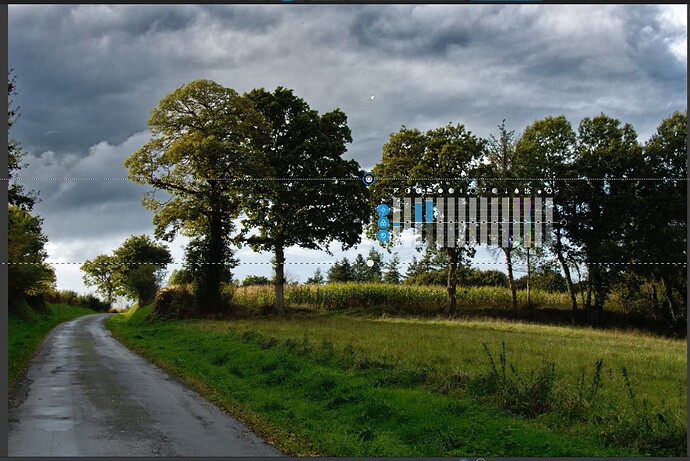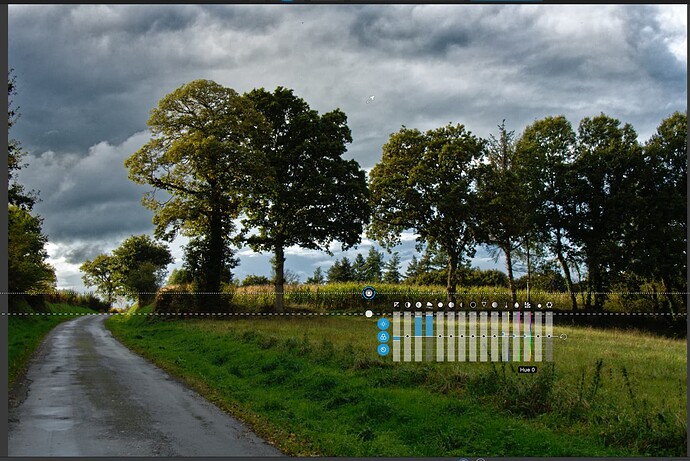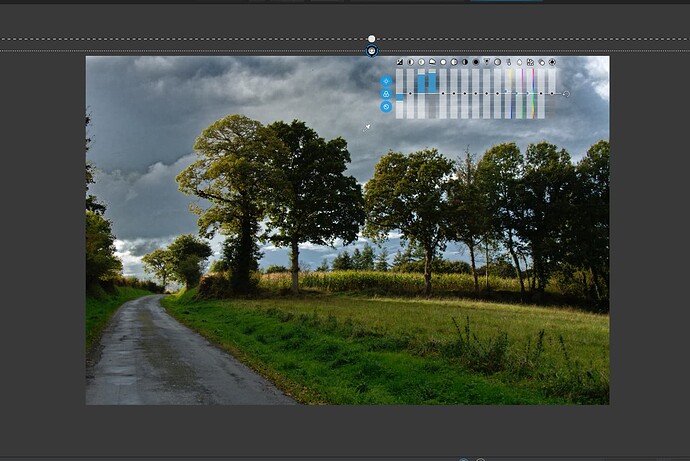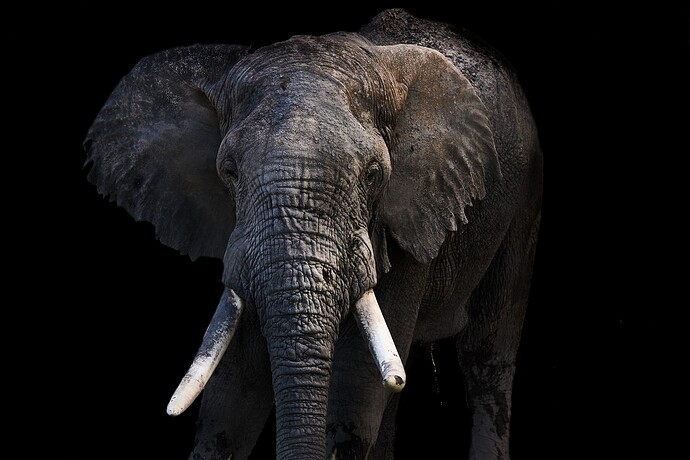What I would like to suggest about layers from my later experiences
@Required
Stability
You are absolutely right that there have been major issues with the C1 stability in earlier years. Personally, I did not experience the problems you had since I worked with the “sessions”-storage method instead of using the single point of failure monolithic image database (a la Lightroom) and I still use the sessions-solution that suits me better the way I work. Optics Pro / Photolab has always been very stable and I think still is.
from Lightroom to C1 to Photolab and back to C1 again
… but it´s also true that C1 has improved a lot since version 8 or so when I started to use it. I once switched completely to Photolab from C1 when DXO had added some local adjustment tools it previously lacked. At that time, I also felt Photolab was far more efficient for me than C1, as I worked.
C1 has been the layer and masking king for many years now
C1 though, has by far had the best layer-based editing among the converters I have used (Lightroom, C1 and Photolab). It has also offered the by far best control of the local editing process and I think it is better than both Lightroom and Photolab when it comes to the rendering of image details BUT even as late as the last version I had used until now (version 20), it was very easy to get lost there among all the layers. It has been relatively cumbersome to handle and pretty inefficient.
Version 21 and 22 has changed a lot
Already version 20 had far better mask refinement tools than Photolab and with version 21 I think everything changed. The developers at Capture One had taken the feedback from the users seriously and they came up with a few brilliant process oriented solutions that has changed a lot and made C1 far more efficient than it previously was.
The introduction of “Style Brushes”
Once when I still used Lightroom 4.x I bought a preset package to Lightroom that also had a bunch of style brushes to improve face retouch (SLR Lounge). We got specialized tools for skin-, hair- and iris-retouch to mention the most important that really helped a lot and now Captured One has done the same for us with C1. More than 20 highly effective style brushes are now included that makes a great difference and there is also an interface that easy let you make your own.
Now we just pick a style brush and then the system automatically creates a new layer named automatically after the used style in a background process and it´s just to start applying the changes the selected brush will make possible. It works wonders and the user don’t even need to think about layers using the Style Brushes.
Magic Brush - Magic Erase and Mask Refinement
With Magic Brush it´s now very efficient to apply smart masking just by clicking once or a couple of times on the areas you want to mask. Finally masking got efficient and even edge refinements are built in too together with adjustable size, hardness, opacity, flow and eve just a right click away with the mouse.
I suggest DXO takes a look at the competition and tries to harmonize the now pretty disparate present tools of the application that have to be better integrated in the layer system of a future Photolab layers and masking system. Today I don´t feel that I can make a job like the one in the “animal portrait” below in an efficient and precise way in Photolab like I can in C1.
The sharpening problems with scanned color slide images
Another disturbing thing I have noticed in Photolab is that when editing repro photographed color slide images, neither sharpening like the old “unsharp mask” or the new one in “lens correction” works at all on these images, BUT in C1 the sharpening works even with these repro photographed color slide images! Photolab’s both sharpening methods are completely indifferent to these images! Why can Capture One fix this and not DXO? For me this really a show stopper using Photolab now when it works so much better in C1. I would love DXO to fix these things because I still have a dream where all these things will work efficiently in Photolab so I can have it all to one single converter.
The DNG-problem
The third major field that has to be improved is the DNG-file format support. C1 can read DNG from Photolab but Photolab cannot read DNG that has been initially exported from C1. If I make a round trip and export initially from Photolab though and then open, edit and reexport from C1 THAN Photolab can read that C1 file because it seems that Photolab prefers the DNG flavour it creates by itself!
Below is an example of a file that I have tried to develop both in Photolab and C1. Today it´s by far much easier to do it in C1 than in Photolab because the new tools in C1 is just so much more efficient and precise and I have a feeling that even the detail rendering is better in C1 than in Photolab especially in highlights and shadows.
This image took about one hour to develop and print in A2 format on my Epson P900 with C1. I’m at last fully satisfied with the result. I have once done almost the job in Photolab and it was much more difficult and inefficient because PL lacks some of the tools C1 has. I was OK at that time with the result too but today I’m not since I can compare it to the new result.
That also rises a question many of us put ourselves from time to time when new and better tools will make us redo some of the work we once made with poorer tools. Last time that happened was when Lightroom 3 replaced the much inferior Lightroom 2.



